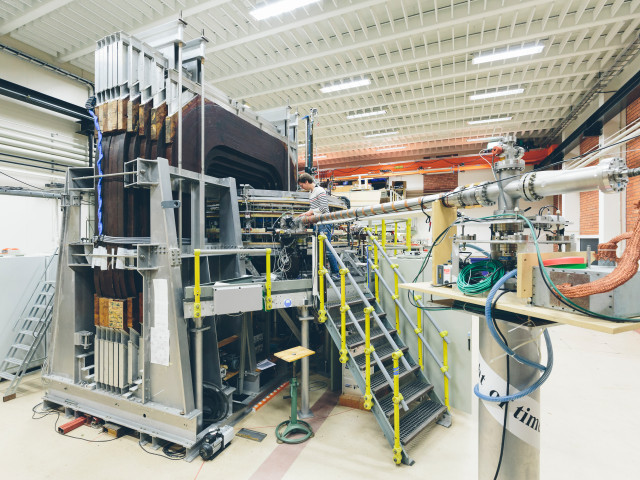Part 1: X-ray basics
X-ray interaction with matter, X-ray sources, X-ray optics, X-ray detectors
Part 2: Application examples and special topics
To be chosen by the course participants (see website)

Since their discovery in 1895, x-rays have become an invaluable tool for probing the structure of matter, and the use of x-ray radiation in science and industry is still growing. The aim of this course is to provide an understanding of materials and methods in modern x-ray physics. Important issues are x-ray optical properties of different materials, x-ray optics and detectors, present and future x-ray sources and x-ray analytical methods.
Course offerings are missing for current or upcoming semesters.
Please note: all information from the Course syllabus is available on this page in an accessible format.
Course syllabus SK2550 (Spring 2022–)Part 1: X-ray basics
X-ray interaction with matter, X-ray sources, X-ray optics, X-ray detectors
Part 2: Application examples and special topics
To be chosen by the course participants (see website)
After completing the course the student should be able to:
English B / English 6
The course is designed for final year students (F4), Master and PhD-students. Knowledge of the physics of electromagnetic radiation corresponding to SK1120 (Waves, 6 hp) and in basic mathematics (vector analysis, integrals, differential equations) is a prerequisite. Moreover, knowledge in optics corresponding to SK2300 (Optical Physics, 6 hp) is of advantage.
Based on recommendation from KTH’s coordinator for disabilities, the examiner will decide how to adapt an examination for students with documented disability.
The examiner may apply another examination format when re-examining individual students.
If the course is discontinued, students may request to be examined during the following two academic years.
The course is examined through home assignments and lab report (INLA, 3 credits, P/F) and an oral presentation and examination (REDA - 3 credits, A-F). The oral examination determines the final grade.